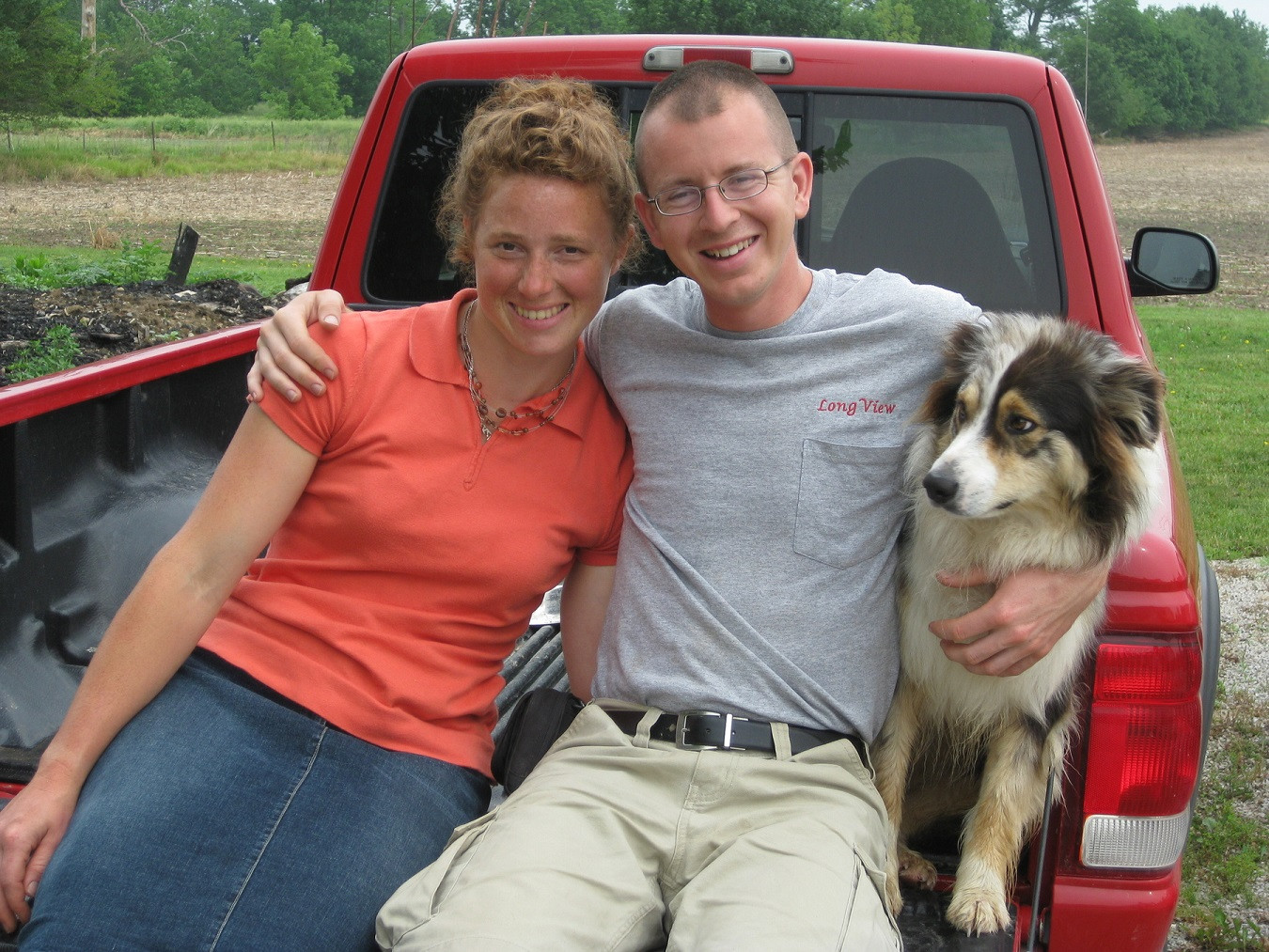Dairy Farming on the Fringe
posted on
July 30, 2021
Ever wondered what it's like farming on the fringe?
"I don't have much experience on a typical dairy," I told Jake on the phone, prior to me coming to work on the farm.
"That's good," he said. "We don't want someone with experience on a typical dairy. We do things a lot differently."
Grazing style. Manure management. Barn layout. There's more than a few things that set Sweet Grass apart from your typical conventional dairy setup, or even another organic dairy farm.
Our cows eat grass. ...And that's all they eat. Hence the name Sweet Grass was born. The herd is grazed rotationally across pasture, with new grass to eat every day. Besides milking time, that's where they spend their days.
What does this mean for the cows? Well, walking on earth instead of walking on concrete all day is much better for their physical condition. I think if I were a cow I'd be much happier to graze on clover, prancing among the Queen Anne's Lace all day instead of ambling around a freestall barn.
For me, it means there is very little manure to clean up in the barn and the holding pen. There is no skidsteer on this farm. Most of the manure is composted back into the pasture, returning nutrients to the soil. Sounds like a very good thing, yes? I agree.

That's all great. But what you care most about is, surely, how does the cows' grass-fed diet turn the milk they give into something greater and more beneficial than milk from a cow who eats grain?
Grass-fed cows' milk is significantly higher in omega-3 fatty acids and CLAs (conjugated linoleic acids), making it healthier for your mind and body. The benefits of grass-fed milk, as well as raw milk in general, are not something easily overlooked once you find yourself down that path of learning. (It's a really good path to get on.) That's a topic we'll go more in-depth on in a future post.
For now -- it's so good for you!
We participate in herdshares. We operate as a herdshare dairy. All the milk goes directly from the cow to the bulk tank, the bulk tank to the jug, and then to you. It's beautifully simple. It's the best way to drink milk. Everything you need is in the raw, unpasteurized, unhomogenized form, the good bacteria necessary to digest it and the rich creaminess that makes drinking raw milk "kind of like drinking ice cream," as someone described it.
Talking about cream...have you seen the creamlines on a gallon of these girls' milk???
We milk once a day, in the morning. This is a surprising contrast to the twice or three times daily that you'll find on most farms. I have told this to older farmers and watched their eyes pop like water balloons. Why would you do this?
For our herdshare demand, we don't need the increased volume that necessitates milking a cow twice or three times a day. Holding their milk gives it a much higher protein concentration and a higher cream content. Our cows will give us ten plus years of milking rather than industry's standard three to four.
It also allows your farmers a little more flexibility in schedule, which is a perfectly okay thing to us. We are much more than just a dairy. Milking once in the morning helps to keep chores manageable and leave enough time for the rest of the animals running around this farm.
And your farmers need to have some time for fun once in a while, too.

At the end of the day, the goal is not solely to be different for difference's sake. That would be too small of a goal. The real goal is to make a difference. We are doing this by raising healthier cows to produce healthier milk to support healthier people, and maintain healthier soil to keep growing the grass that makes it all happen.
Check out two of my favorite resources on raw and grass-fed milk!
The Untold Story of Milk by Ron Schmid
Nourishing Traditions by Sally Fallon-Morrell
~Emma




